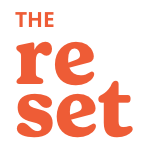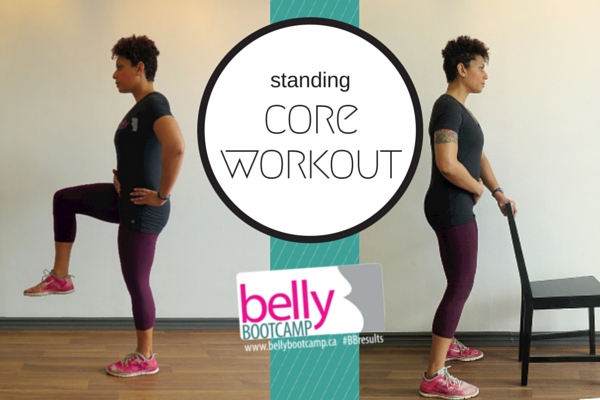
Whether you’re pregnant, just had a baby, or are trapped in a cubicle all day slaving away when you’d rather be playing in the park, this workout can help you. Train your abs, restore tone to your pelvic floor and ease low back pain with just a few simple moves. No equipment required!
When you think of an “ab workout” do you picture grinding out hundreds of crunches? Maybe you imagine strapping yourself into one of those “ab machines” (*wince*), loading up the weight and hurtling your face toward your thighs over and over and over?
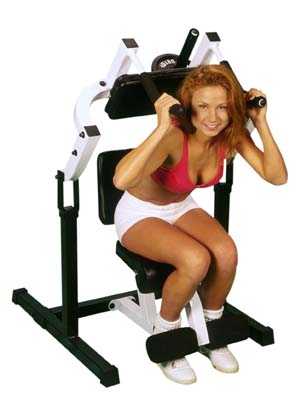
The truth is, rarely in life are you required to sit still and crunch your face toward your thighs repeatedly. I can think of only one situation in which this skill would be considered sound training…

For the rest of us human types, the core muscles, which include the “abs,” actually do much more work stabilizing our spine and hips while we move our arms and legs (to exercise, dance, play a sport or just do the hokey-pokey), carry things, climb stairs, lift things, and do, well, everything else we do. During pregnancy, these muscles hold baby closer to our spine to reduce the strain on the abdominal ligaments and the low back. To learn more, watch this video all about the core and how to train it safely in pregnancy and postpartum.
It makes sense to train your core to do its job. After all, you don’t teach your kid to tie her sneaker by putting her in rain boots. In fitness, we call this “specificity” — it means, basically, that you will get better at doing things if you do them.
We present to you three of our favourite standing core exercises. These are safe for all fitness levels, stages of pregnancy and postpartum, and body types.
BEFORE YOU START… FIND YOUR NEUTRAL PELVIS.
Stand with your head, shoulders & butt against a wall, and one hand behind the small of your back. Exhale through your mouth as you gently move your pelvis to push your back against the hand behind you. Feel your abdominal muscles contracting. Inhale to relax. Repeat, adding a pelvic floor contraction (here’s how to do a kegel exercise, or pelvic floor contraction) as you exhale and press your low back into your hand. Repeat, focusing on pulling the abdominals and pelvic floor inward and upward.
Once you have felt the proper contraction of the abdominal and pelvic floor muscles, try walking around and holding this properly aligned pelvis for several minutes per day. Note that proper alignment is not a forced flat back or a squeeze of the butt (see below). Try holding this proper alignment while doing exercise, during household tasks, and as long and as often as possible every day until you begin to do it naturally and always.
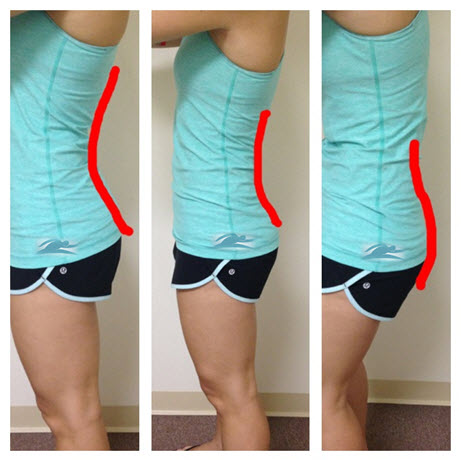
STANDING PELVIC TILT
Stand facing a chair or counter and hold with a light touch, just to “ground” yourself. Inhale as you relax your belly and pelvic floor and gently let your hips tilt, making a slightly bigger curve in your low back. Exhale through your mouth as through a straw and draw your belly up and inward, off the floor, as you squeeze your pelvic floor upward in a kegel exercise. Your hips will naturally tilt to the posterior, and you may feel a slight forward movement of your pubic bone. Do not actively squeeze your butt; use your core muscles to gently move the hips instead. Hold 1-5 counts, building up as you get stronger each workout. Inhale to relax, then exhale to repeat the contraction/pelvic tilt. Aim for 10-15 reps.
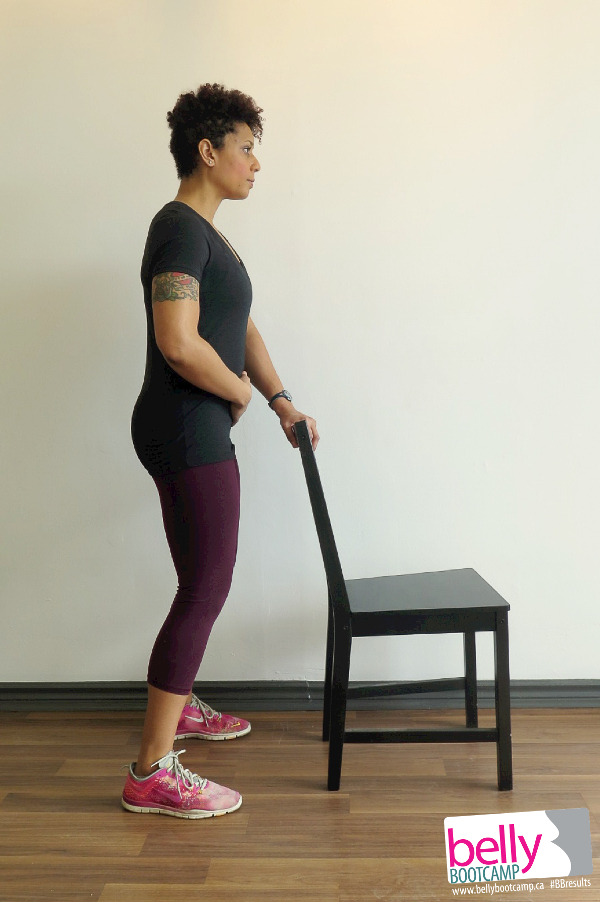
STANDING KNEE RAISE
Stand with feet hip width apart, knees slightly bent and not locked. Find your neutral pelvis as described above. Maintain the contraction of your abdominal muscles and pelvic floor as you exhale and slowly raise your left knee; you should feel a “burn” in the lower abdomen, especially on the side of the lifted knee. Try not to lose the natural alignment of your pelvis, with a very slight curve, and stand straight without bending at the waist. If you bend, rock your pelvis, or crouch your shoulders to lift the knee, you have lifted your knee too high for your ability level. Hold 1-5 counts, building up as you get stronger each workout. Work your way up to holding the thigh parallel to the floor while maintaing the deep core contraction and standing with proper posture. Inhale to relax the left foot down to the floor, then exhale to repeat. Aim for 10-15 reps per leg.
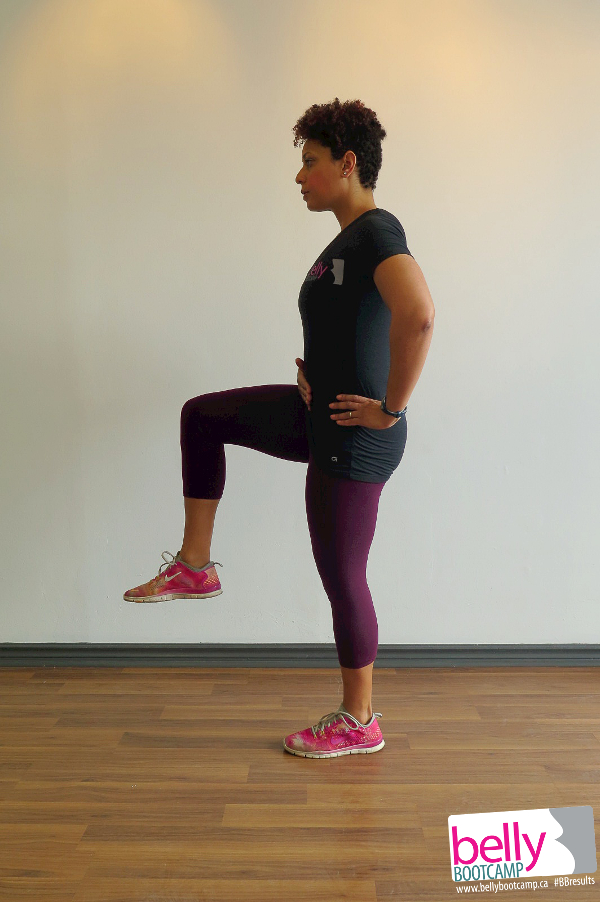
PILLOW SQUAT
Stand with feet hip-width apart, facing away from a chair. Place a pillow, bolster or soft ball between your knees. Squeeze your knees together to help activate your adductors (inner thighs) and pelvic floor. Try to keep your chest and chin lifted with a natural curve in your low back as you squat. Inhale to squat, letting the pelvic floor naturally stretch and “let go.” Keep your weight in your heels and your butt back behind you, pushing your tailbone back and up toward the ceiling. Continue squeezing the pillow as you exhale, press into your heels and squeeze your butt, core and pelvic floor to return to standing. As you get stronger with each workout, aim to tap the chair while maintaining a strong core and lifted chest on each squat. Aim for 10-15 reps.
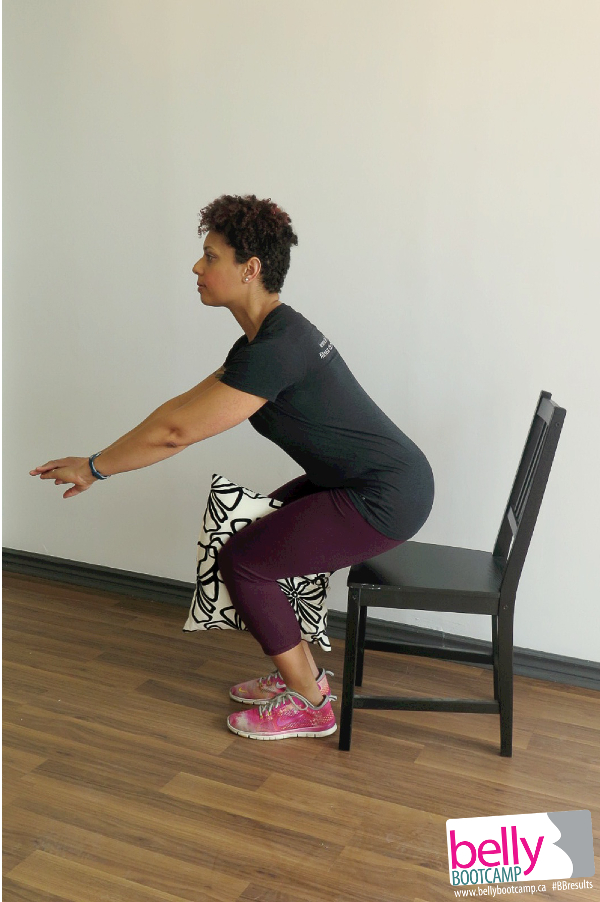
So, when should you do these exercises?
You cannot over-do safe exercises like these. Here are some ideas:
- as part of your warm-up before a cardio or strength workout
- every day as part of a rehabilitation program if you are recovering from childbirth and/or have diastasis recti or pelvic floor dysfunction
- every day as part of a core training program if you are pregnant
- as part of your targeted “core” workout a few days per week
- any time you feel like throwing in some useful core work — waiting for the oven timer or watching TV? WERK.
